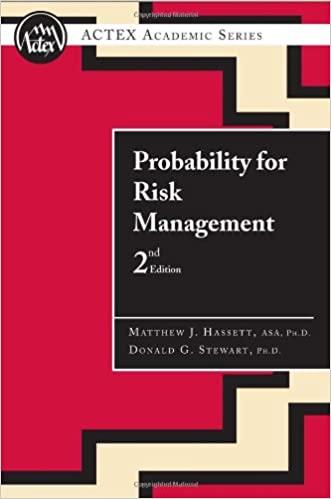Question
We return to the Stanford Stadium pricing problem in Section 5.4, assuming a capacity of 60,000 seats and the demand curves for students and for
We return to the Stanford Stadium pricing problem in Section 5.4, assuming a capacity of 60,000 seats and the demand curves for students and for the general public as given in Equations 5.1 and 5.2. Assume that 5% of the general public will masquerade as students (perhaps using borrowed ID cards) in order to save money. Assuming that Stanford knows that, what are the optimal prices for student tickets and general public tickets it should set in this case? What is the total revenue, and how does it compare to the case without cannibalization? What does this say about the amount that Stanford would be willing to pay for such devices as photo ID cards in order to eliminate cannibalization?
a. Optimal prices with 10% buy down.
b. Total revenue vs the base case without cannibalization.

c. How much the university would be willing to pay for the photo ID cards?
d. How do the optimal prices for the student and general public, and the total revenue change as the buy down percentage () changes from zero to 100%? Solve the problem for 10% increments of .
= (5.1) General public: d (P) = (120,000 3,000pg) Students: d;(ps) = (20,000 1,250ps) (5.2) Example 5.4 The football game between Stanford and the University of California at Berkeley (a.k.a. the Big Game) is going to be held at Stanford Stadium, which has 60,000 seats. Customers can be segmented into students (those carrying a student ID card) and the general public. We assume that the price-response curves for each of these segments is: General public: d(P3) = (120,000 3,000p) (5.1) Students: d.(Ps) = (20,000 1,250p) (5.2) where p, is the price charged to the general public and p, is the student price. What if Stanford can only charge a single price to all? In this case, the aggregate demand curve is d(p) = (120,000 3,000p) + (20,000 - 1,250p) and the optimal price will be $20.00. At this price, Stanford would sell exactly 60,000 tickets, grossing $1,200,000. Note that all ticket sales would be to the generalStep by Step Solution
There are 3 Steps involved in it
Step: 1

Get Instant Access to Expert-Tailored Solutions
See step-by-step solutions with expert insights and AI powered tools for academic success
Step: 2

Step: 3

Ace Your Homework with AI
Get the answers you need in no time with our AI-driven, step-by-step assistance
Get Started


